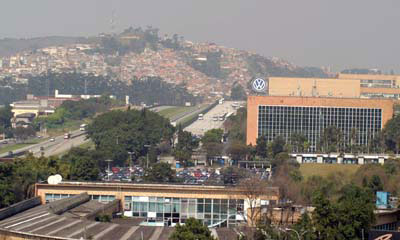 Volkswagen achou uma maneira de manter seu patrimônio histórico da planta Anchieta em São Bernardo do Campo e reduzir o número de demissões. O quadro da desindustrialização da região pode assim ser revertido, escolhendo um modelo mais produtivo de industria automobilística: a Planta Modular.
Volkswagen achou uma maneira de manter seu patrimônio histórico da planta Anchieta em São Bernardo do Campo e reduzir o número de demissões. O quadro da desindustrialização da região pode assim ser revertido, escolhendo um modelo mais produtivo de industria automobilística: a Planta Modular.
Rachid (2006 et al.) escreve: “Na década de 90, começam as experiências chamadas pelas empresas de Condomínio Industrial ou Consórcio Modular, com algumas iniciativas pioneiras no Brasil. Nesse tipo de planta, denominada planta modular”, os fornecedores se instalam no terreno da montadora e assumem atividades de projeto e de produção antes realizadas pela montadora. Esse tipo de planta reúne e aprofunda as tendências de relação entre empresas, como a entrega just-in-time, a redução do número de fornecedores diretos, o fornecimento exclusivo [etc.].
[…] A planta da General Motors em São Caetano tem 400 fornecedores, a Volkswagen faz toda a aquisição dos componentes e atribui aos modulistas lá instalados a responsabilidade pelo acompanhamento da qualidade e dos prazos e entrega dos componentes fabricados pelos fornecedores […]”
“Organização do trabalho na cadeia de suprimentos: os casos de uma planta modular e de uma tradicional na indústria automobilística.” Alessandra Rachid; Mário Sacomano Neto; Paulo Eduardo Gomes Bento; Júlio Cesar Donadone; Alceu Gomes Alves Filho. Revista Produção vol.16 no.2 São Paulo May/Aug. 2006
www.scielo.br/scielo.php[…]
“Volks. Empresa anuncia investimento” Fernando Hausser e Inês Barret. www2.metodista.br/rrjonline/arquivo/863/cidade/ci01.htm
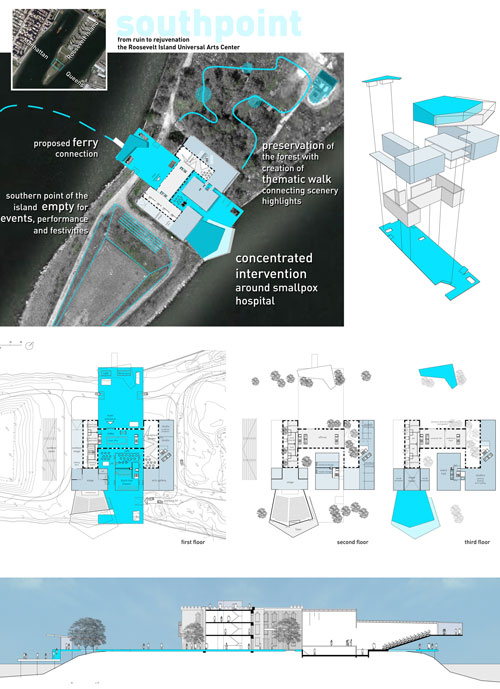
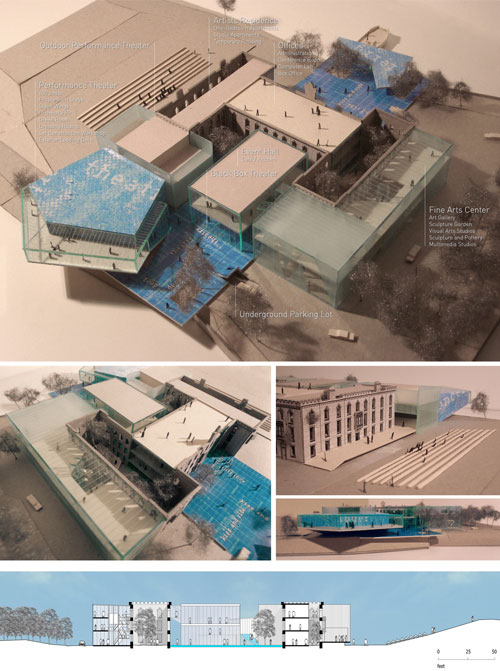
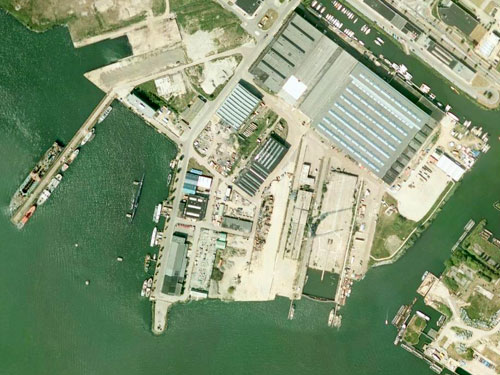

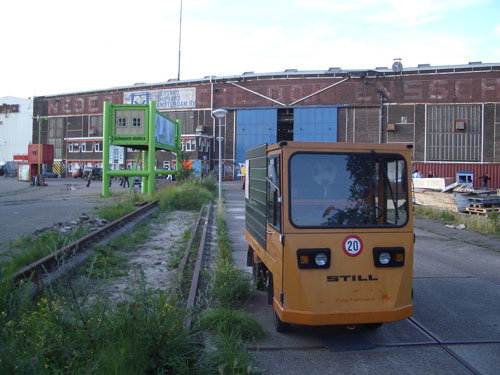
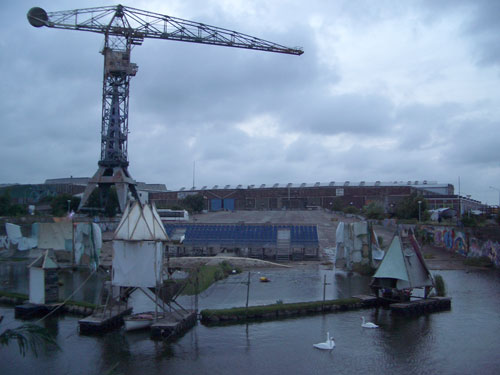
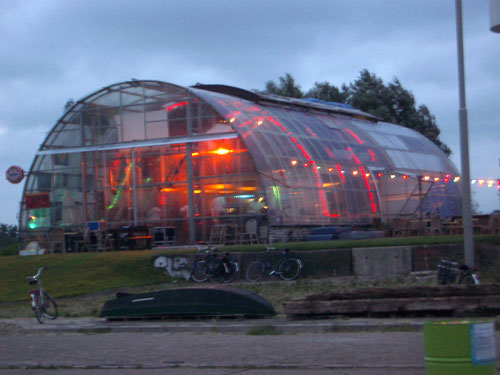
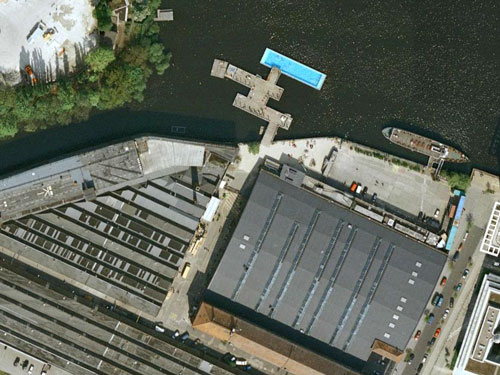
 Until 2004 the area was partially rented by YAAM (Young and african art market), which organized music and sports events by the riverside.
Until 2004 the area was partially rented by YAAM (Young and african art market), which organized music and sports events by the riverside.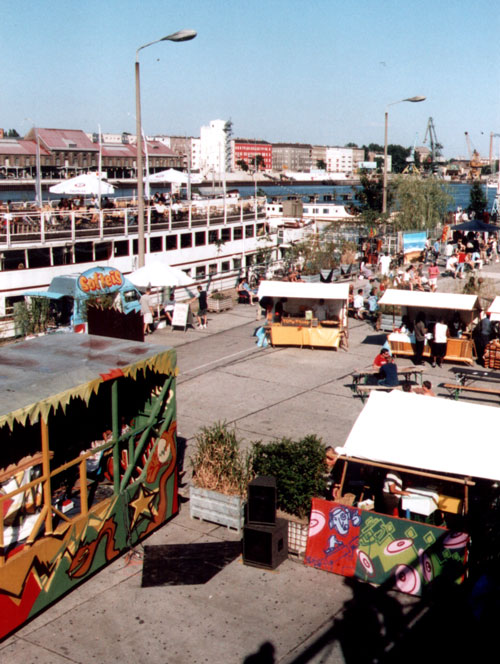 Project Badeschiff by AMP arquitectos, Gil Wilk and Susanne Lorenz
Project Badeschiff by AMP arquitectos, Gil Wilk and Susanne Lorenz





 Volkswagen achou uma maneira de manter seu patrimônio histórico da planta Anchieta em São Bernardo do Campo e reduzir o número de demissões. O quadro da desindustrialização da região pode assim ser revertido, escolhendo um modelo mais produtivo de industria automobilística: a Planta Modular.
Volkswagen achou uma maneira de manter seu patrimônio histórico da planta Anchieta em São Bernardo do Campo e reduzir o número de demissões. O quadro da desindustrialização da região pode assim ser revertido, escolhendo um modelo mais produtivo de industria automobilística: a Planta Modular.